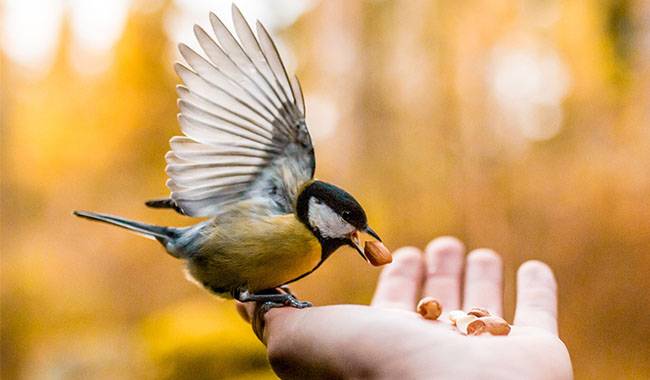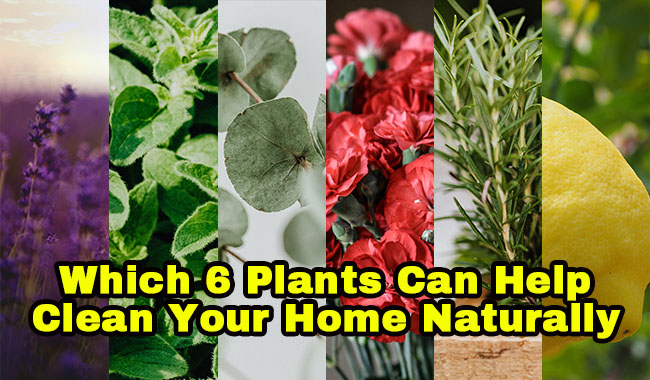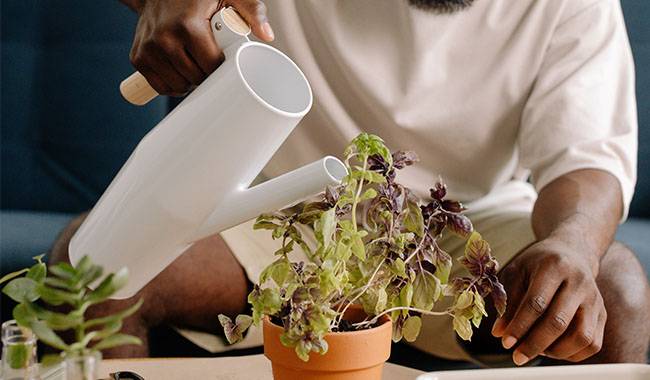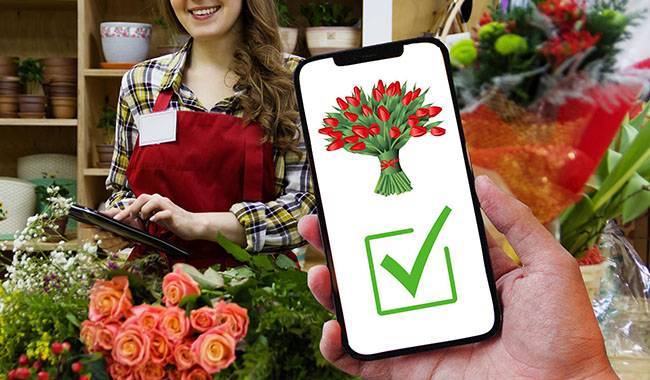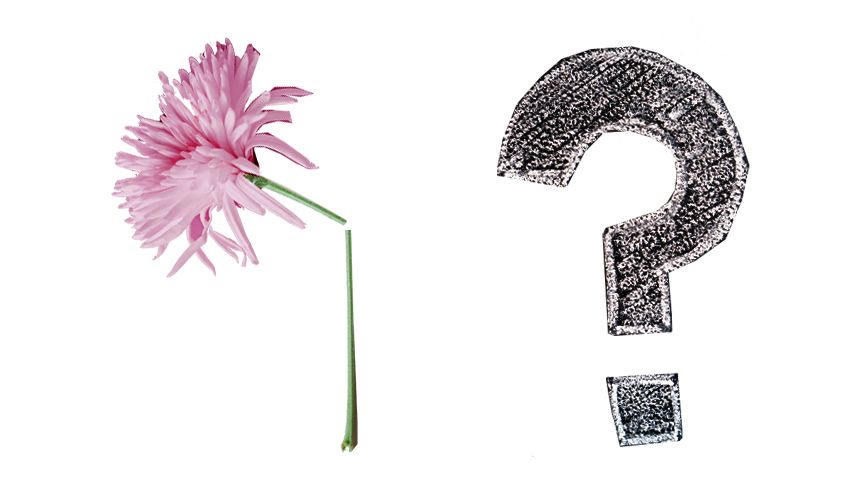
What is deadheading flowers? Deadheading refers to the removal of waste or faded flowers from annual and perennial plants. Deadheading is a horticultural term. Under normal circumstances, if a plant has finished blooming, it will stop the flowering process and facilitate the formation of seeds.
Whenever Deadheading, the energy, power, and nutrition originally used to produce new seeds will produce more flowers. This means you can also get a second flowering during the growing season of the plant, or possibly multiple times.
Advantages of Garden Flower Deadheading
There are four key factors that make you consider Deadheading as part of your daily garden maintenance.
- 1. Make plants look neater. Withered flowers usually turn brown, either dry or mushy. This is likely to affect the overall look you are trying to create in the garden.
- 2. Let plants to have more flower buds. Plants bloom for a better seed setting. If their flowers are continuously cut off before maturation and sowing, many plants, although not all plants, will simply grow more. This will increase the length of the flowering period.
- 3. Help plants save energy. Removing wilted flowers also allows plants to use energy to improve their overall health. Perennial flowers, such as peonies, only bloom once a year, even if the peduncle is removed.
- 4. Avoid seed formation. Some plants are very capable of self-seeding, and dead branches can prevent them from forming seeds first. If plants such as leeks and garlic sprouts are allowed to self-seed, they will soon out of space.
Obviously, cutting off the flower stems can also allow the plant’s full energy to be re-introduced into its roots and leaves, allowing it to regain the energy lost due to flowering, making the plant generally more tenacious.
Some relatively common planting plants repay this effort with their second flowering:
Avens (Geum spp.)
Bee balm (Monarda didyma)
Butterfly weed (Asclepias tuberosa)
Columbine (Aquilegia spp.)
Foxglove (Digitalis spp.)
Garden cosmos (Cosmos bipinnatus)
Garden phlox (Phlox paniculata)
Geraniums (Pelargonium)
Hollyhocks (Alcea rosea)
Italian bugloss (Anchusa azurea)
Larkspur (Delphinium spp.)
Lavender (Lavandula spp.)
Lupine (Lupinus spp.)
Marigolds (Tagetes spp.)
Monkshood (Aconitum spp.)
Mountain bluet (Centaurea montana)
Rose campion (Lychnis coronaria)
Salvia (perennial)
Shasta daisies (Leucanthemum x superbum)
Speedwells (Veronica spp.; the kinds that produce flower spikes)
Tickseed (Coreopsis spp.)
Wild violets (Viola odorata)
Yarrow (Achillea millefolium)
Many perennials do not look messy after blooming, so you don’t have to worry about cleaning them up.




